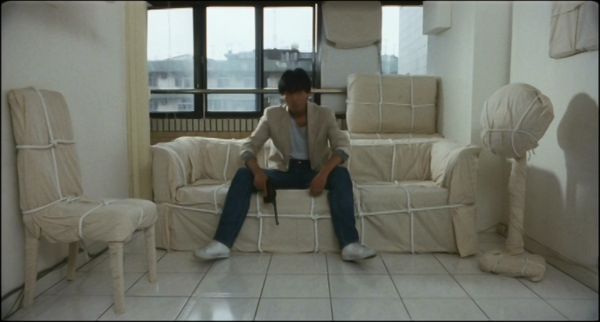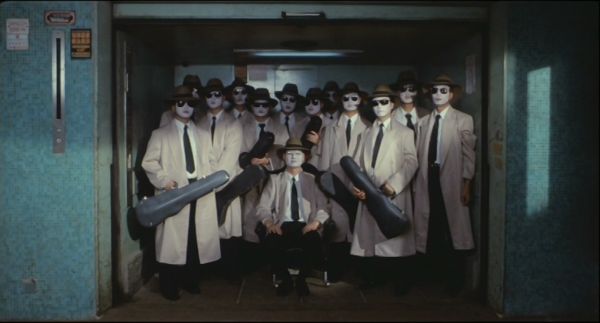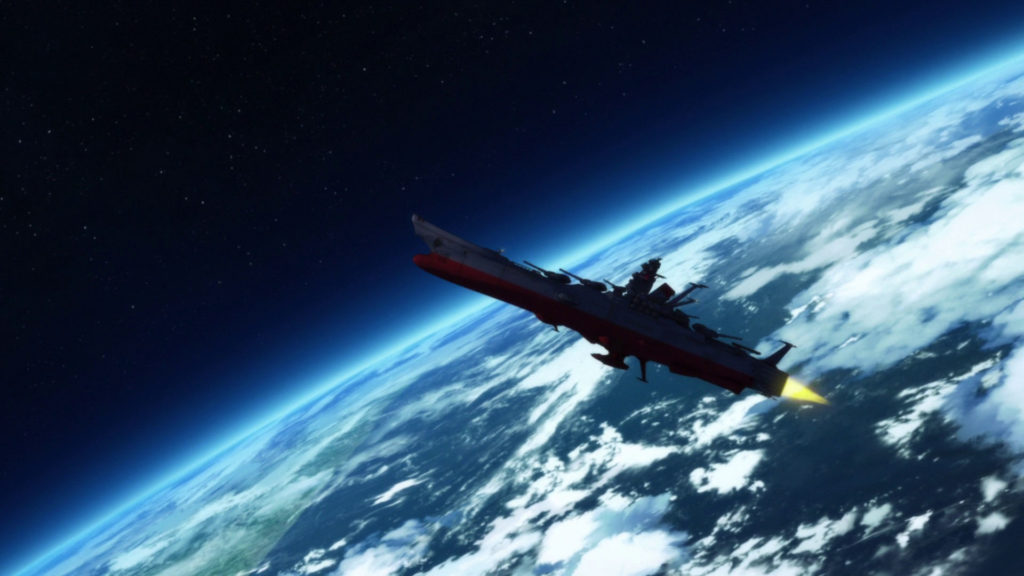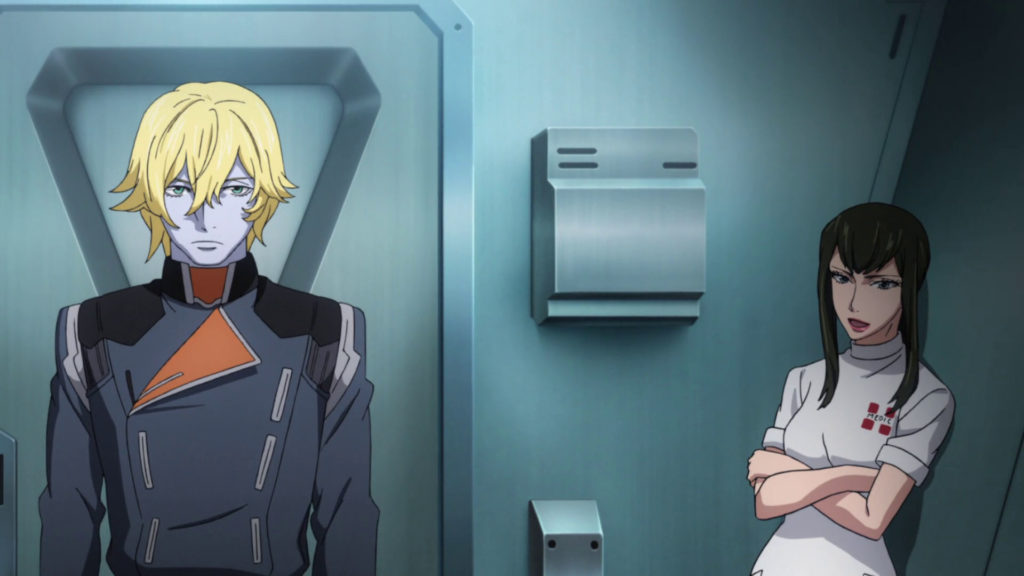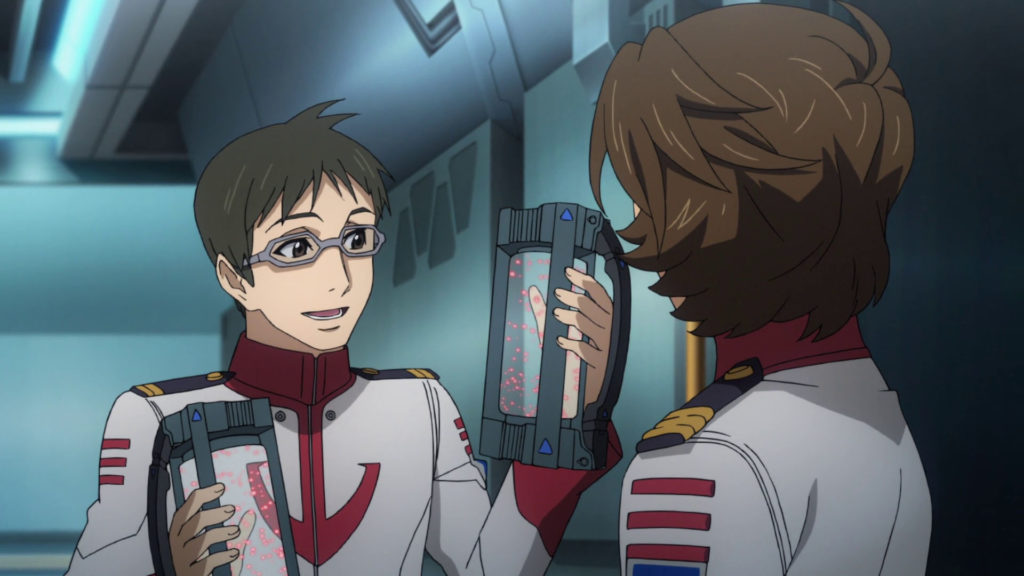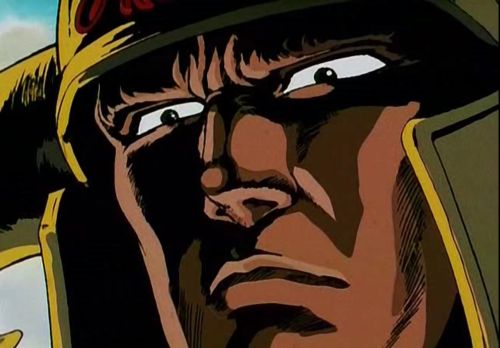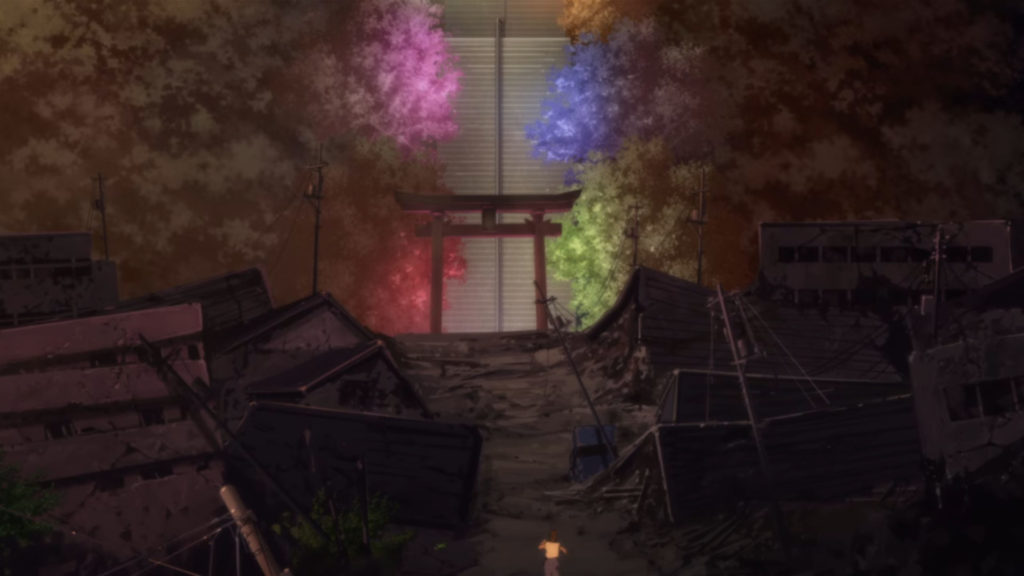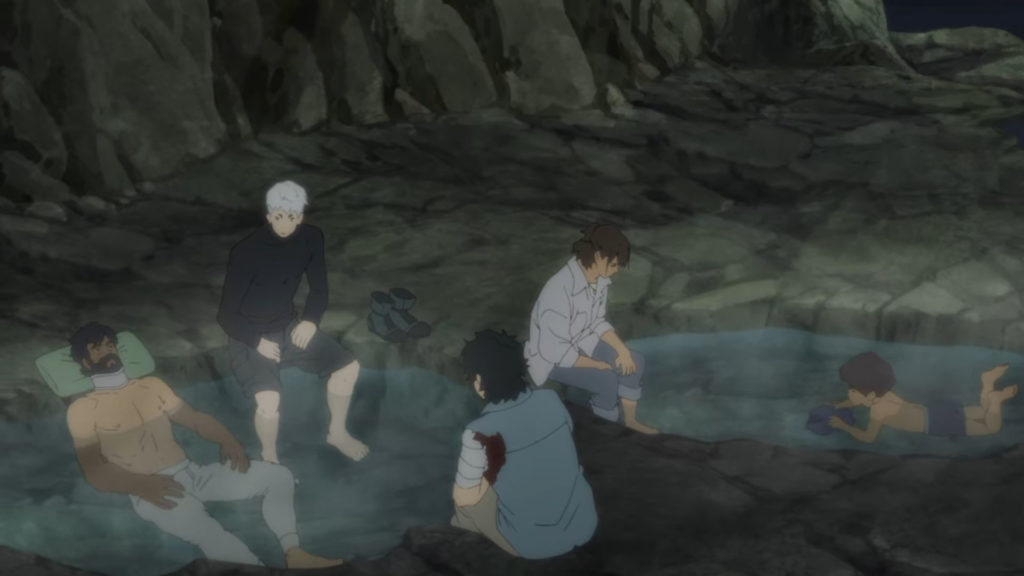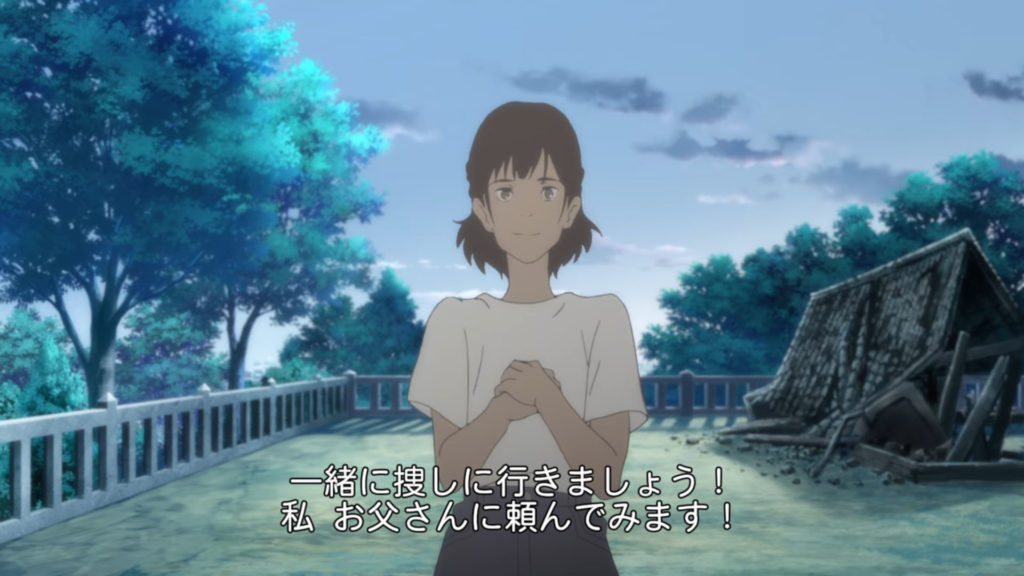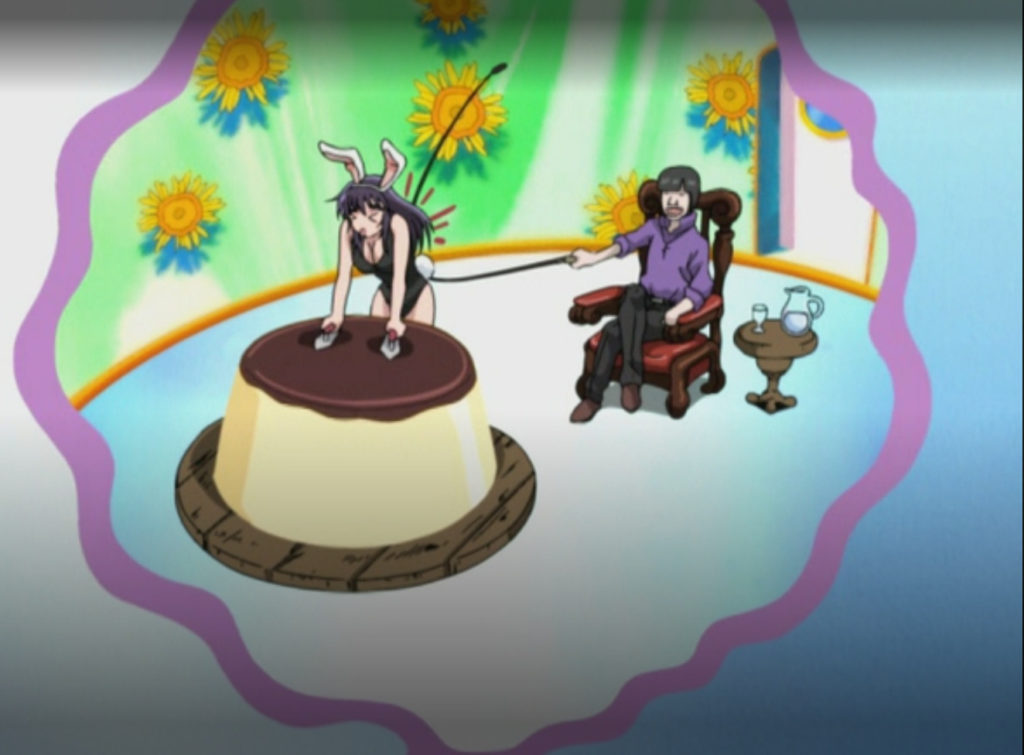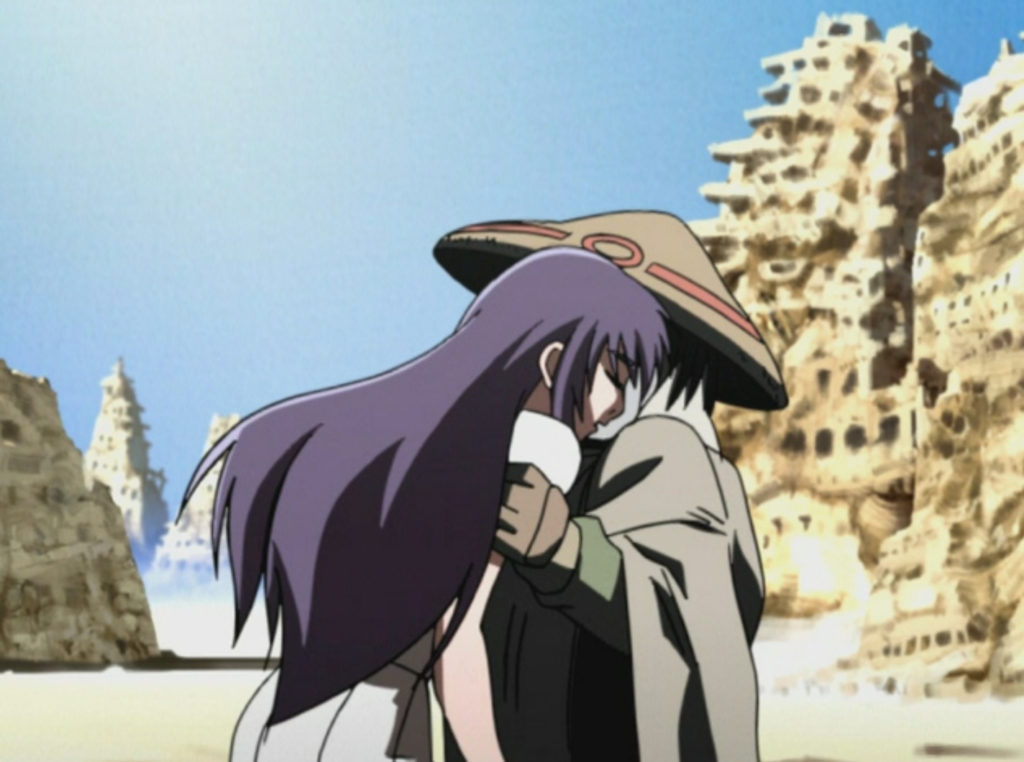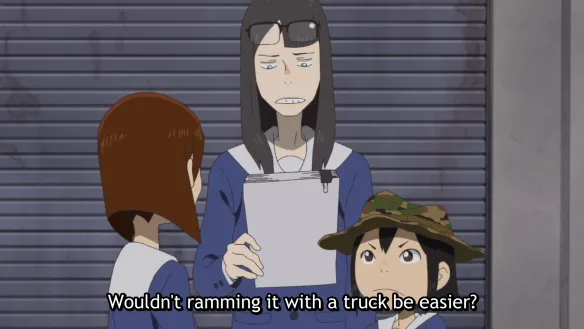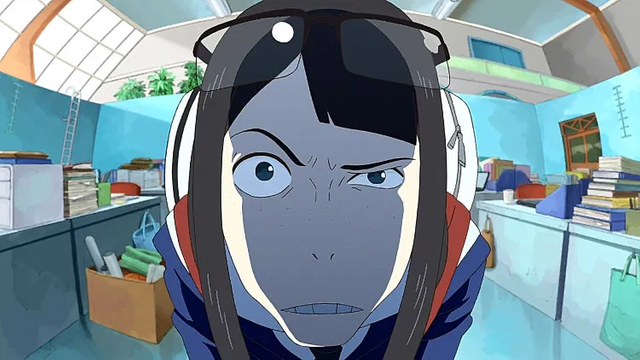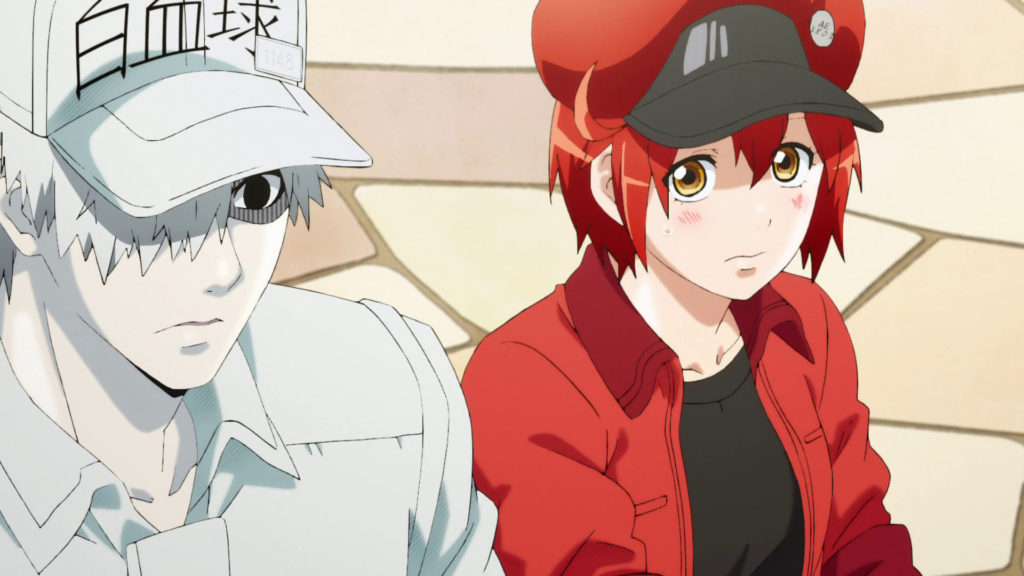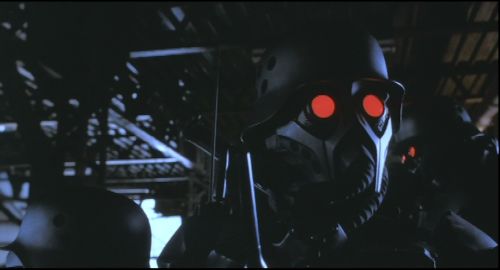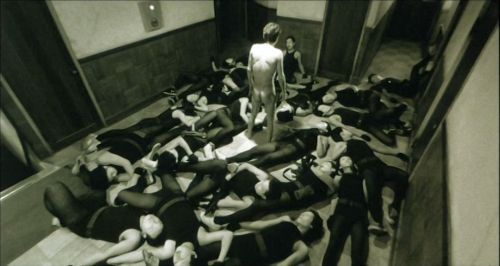A Re-Hashed Look at the Captain Tylor OVA
by Gristle McThornbody
Follow ups are usually hit-and miss. Some carry on the story of a franchise, while others tend to exist for existing’s sake. Somehow, the Tylor OVA does a little bit of both. A continuation from where the anime left off, the 10-episodes sprinkle in both plot and fluff. But, as a theme song consumer, I daresay it has a pretty good one.
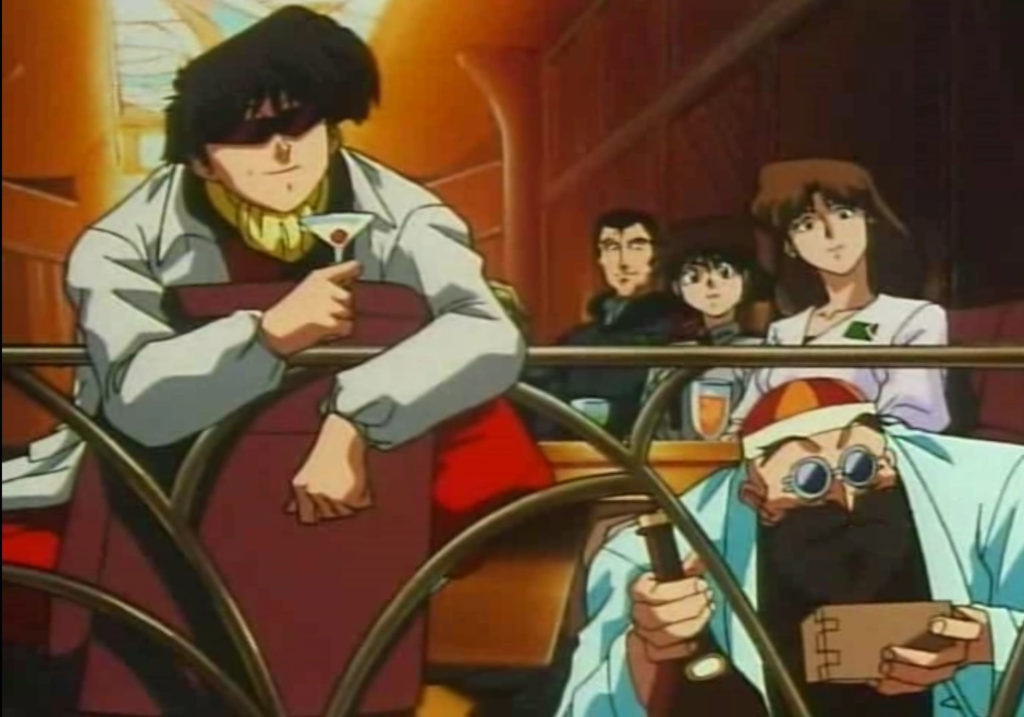
We join the crew of the undefeated Soyokaze several months after successful win in a no-shooting battle.High on their own confidence (except the Captain), the crew starts off in a bar, being challenged by an almost-equally drunk Aranami. Hijinks ensue. However, the crew is once again called to deal with a growing situation with the Raalgons. Like in the series, they end up captured and through sheer luck, once again escape-but not unscathed.
That’s episodes 1 and 2, and it very much kept the tone and art style of the original, a fun satire of space operas, mixed in with the Japanese trope of the bumbling, lucky, irresponsible salaryman (Tylor), but with a heart of gold.
Episodes 3 to 6 are….ok. They are vignettes of the crew while the Soyokaze is in dry dock, getting repaired from what happened to it in episode 2. It’s an interesting side quest looking into the crew’s life, but any eagle-eyed reader will notice a large tone shift coupled with a near-redesign of characters. I still wonder about the purpose of these episodes, but we get them anyway, so watch away. Yes they are all neat and cute in their own way, but if it was a longer series, it would have earned a filler or two – which sadly it didn’t.
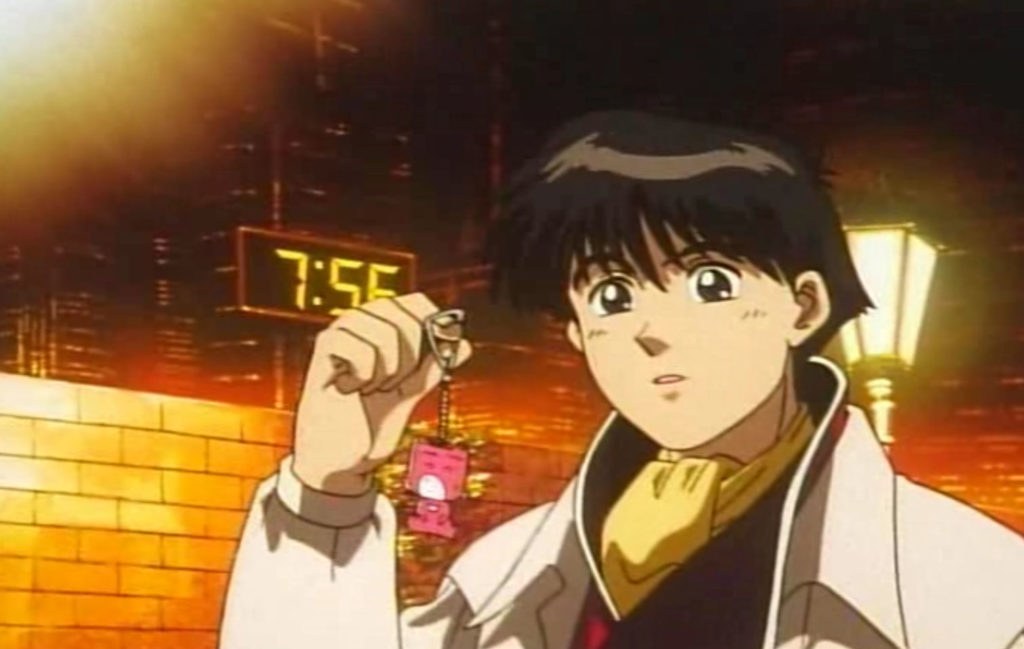
Episodes 7 and 8 is where the story starts to get re-railed and we find Lt. Commander Yamamoto in charge of an escort fleet, getting a very large cargo ship through space. Meanwhile, in the side-plot Raalgon secret agents kidnap Commander Star, to find out the genius/luck behind Tylor, signalling that the Empire is getting restless and ready to fight the UPSF.
All doesn’t go to plan, and a deafening sound with a red light comes from distant space to disable all the ships, badly damaging them, and possibly Yamamoto’s career. As growing wonderment as to “why” gnaws at his very being, we get a clear reason of why and we finally get going with the plot.
As the crew action concludes, there exists the air of “something” growing, handed to the viewer (and Yamamoto) as an all-encompassing red light that disables ships and anything else it comes across. This is a major plot point covered in episodes 9 and 10 of the series, when the now once-defeated Soyokaze gets ready for another important space journey with Tylor and the crew to fight this valiant fight, steeped in intrigue, Raalgon infighting and backstabbing and a final dual.
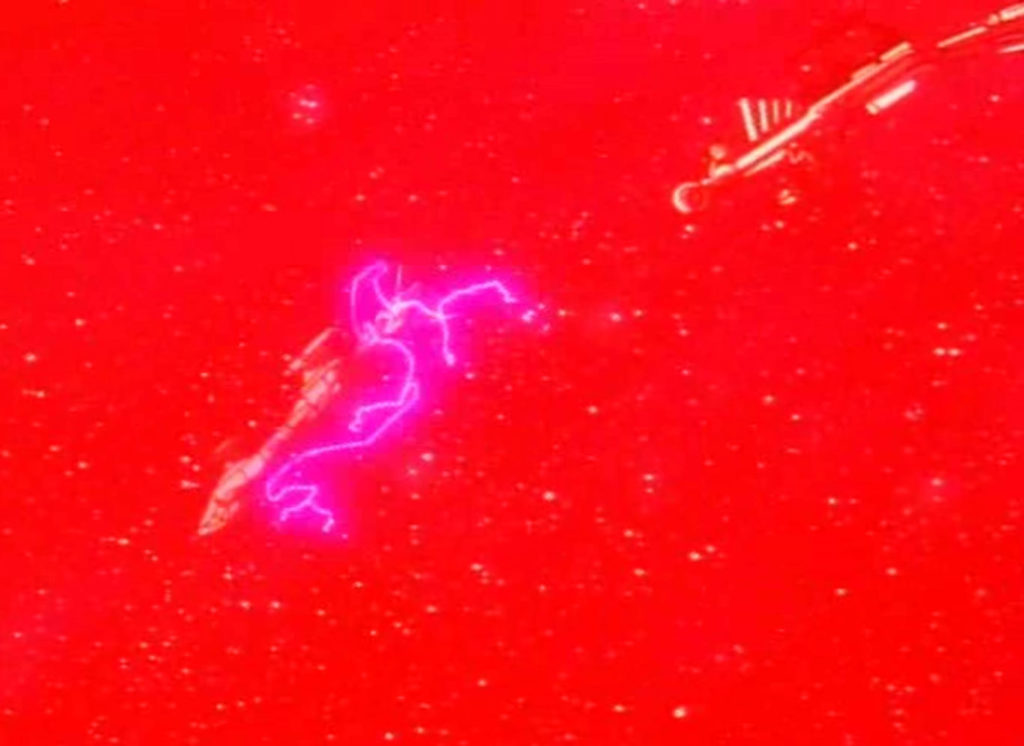
It’s been 10 years since I first saw this OVA, and I still harbour very mixed feelings about it. The mentioned art-shift is something that is jarring, both visually and because of the accompanying tone shift. Transitioning from a fun satire to a hard-lined space operas -and becoming what it was making fun of- was a very rough experience. While I could see the original motivation and basic traits of the characters (Yamamoto really shined here, becoming a commander of two different ships) as we go to unfamiliar territory with Tylor the abrupt, cliffhanger ending makes the viewer want for more.
However, there isn’t more, or at least anything that’s worthwhile. What happened after the UPSF and the Raalgon got together are covered by DVD liner notes that came as an extra on the anime box set and a fluff-filled thing from 2017 that is only good for, like, 5 minutes of exposition.
Back within the bounds of the OVA, I give this a solid 4 out of 5. It’s still a solid space opera. But you didn’t watch this for a solid space opera. You wanted more satire. You’d be good with staying with and watching the anime, but if you absolutely have to, and want more Tylor in your life, give this a spin, the codicil that you probably won’t like the ending.
Maybe look It Up:
The Irresponsible Captain Tylor OVA (1994-1996)
Based on the light novels by Hitoshi Yoshioka
Produced by Daume and Studio Deen, Licenced by Right Stuf



